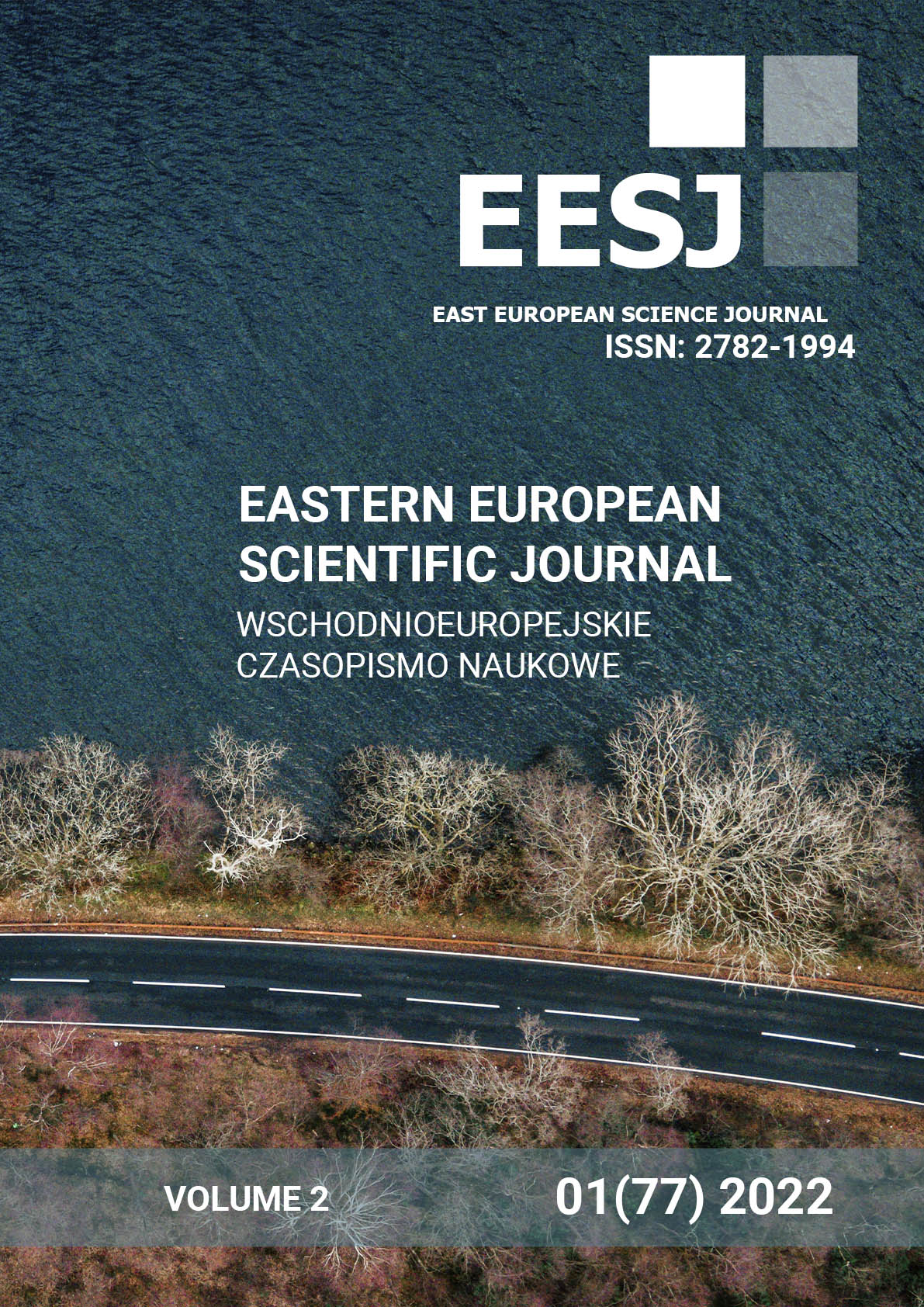CHALLENGES AND OPPORTUNITIES OF DIGITAL FINANCIAL INCLUSION
Keywords:
financial inclusion, digital financial inclusion, financial literacy, digital financial technologies, innovations, fintech.Abstract
The low level of digital financial literacy of citizens is one of the urgent problems of the Ukrainian banking system and the economy as a whole. In recent years, digital financial services have been a key factor in financial inclusion. The article substantiates the roles and significance of digital financial literacy, determines the factors that stimulate its development. There are the components of digital financial literacy, among which digital thinking and digital communication plays an important role. The financial services consumer’s behavior of different generations has been investigated in dynamics.
References
AIF Member Institutions. Retrieved from: http://www.afi-global.org/afi-network/members. (on the date 23.12.2021)
Ahamed, M. M., and Mallick, S. K. (2019). Is financial inclusion good for bank stability? International evidence. Journal of Economic Behavior and Organization, 157(C), 403–427
American Library Association (ALA). Digital Literacy, Libraries, and Public Policy: Report of the American Library Association Digital Literacy Task Force. ALA, Chicago
Banna, H., Hassan, M. K., and Alam, M. R. (2020b). Digital financial inclusion, Islamic banking stability and sustainable economic growth. In M. Saraç and M. K. Hassan (Eds.), Islamic perspective for sustainable financial system (pp. 131–152). Istanbul: Istanbul University Press.
Beck, T., A. Demirgüç-Kunt, and M. S. Martinez Peria. (2007). “Reaching Out: Access to and Use of Banking Service across Countries.” Journal of Financial Economics 85: 234-66.
Demirgüç-Kunt A and others, Global Findex Database 2017: Measuring Financial Inclusion and the Fintech Revolution (World Bank Group 2018)
Klapper, L. (2017). How digital payments can benefit entrepreneurs. IZA World of Labor, Institute for the Study of Labor (IZA), Bonn, Iss. 396. doi:10.15185/ izawol.396
Levine, Ross, 2005. "Finance and Growth: Theory and Evidence," Handbook of Economic Growth, in: Philippe Aghion & Steven Durlauf (ed.), Handbook of Economic Growth, edition 1, volume 1, chapter 12, pages 865-934, Elsevier.
Loukoianova, E., Y. Yang, and others (2018). “Financial Inclusion in Asia-Pacific,” Asia and Pacific Departmental Paper No. 18/17, International Monetary Fund, Washington, D.C.
Sahay, R., M. Čihák, P. N’Diaye, A. Barajas, S. Mitra, A. Kyobe, Y.N. Mooi, and S.R. Yousefi (2015). “Financial Inclusion: Can It Meet Multiple Macroeconomic Goals?” IMF Staff Discussion Note 15/17, International Monetary Fund, Washington, D.C.
Prymostka L. O., Krasnova І., Prymostka O., Nikitin A., & Shevaldina V., (2020). Financial inclusion in ukraine: determinants and evaluation. FINANCIAL AND CREDIT ACTIVITY: PROBLEMS OF THEORY AND PRACTICE, Vol. 2(33), 500-512. - Retrieved from https://doi.org/10.18371/fcaptp.v2i33.207218 [in : Ukrainian]
Sahay, R., and M. Čihák (2020). “Finance and Inequality.” IMF Staff Discussion Note 20/01, International Monetary Fund, Washington, D.C.
World Bank group. (2018). The Global Findex Database 2017. Orgfinancial Inclusion. Retrieved from https://globalfindex.worldbank.org.
Downloads
Published
Issue
Section
License

This work is licensed under a Creative Commons Attribution-NoDerivatives 4.0 International License.
CC BY-ND
A work licensed in this way allows the following:
1. The freedom to use and perform the work: The licensee must be allowed to make any use, private or public, of the work.
2. The freedom to study the work and apply the information: The licensee must be allowed to examine the work and to use the knowledge gained from the work in any way. The license may not, for example, restrict "reverse engineering."
2. The freedom to redistribute copies: Copies may be sold, swapped or given away for free, in the same form as the original.




